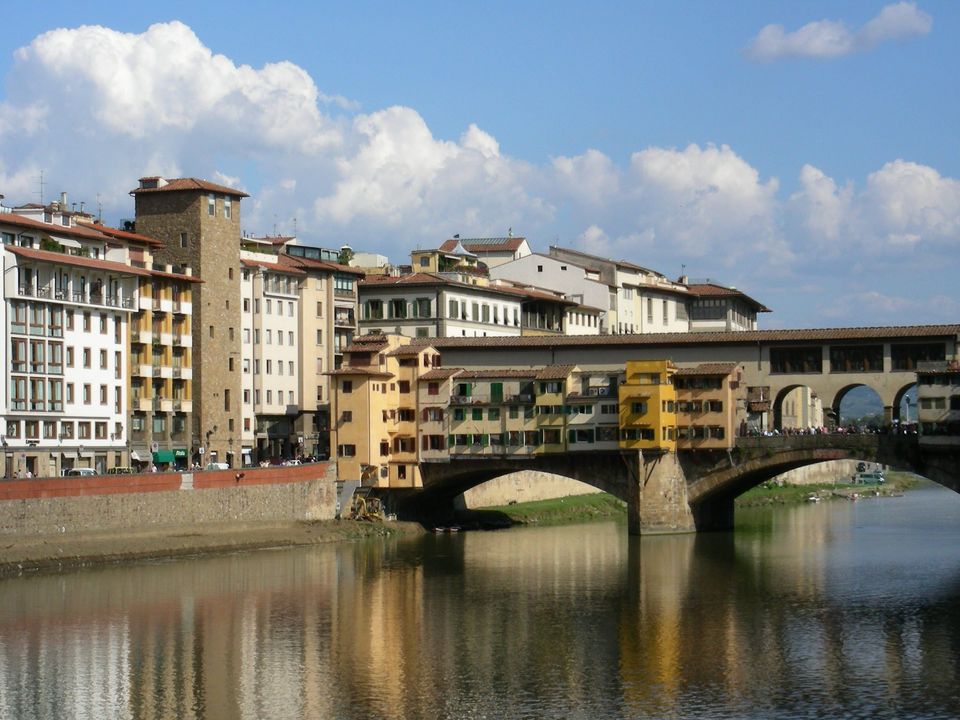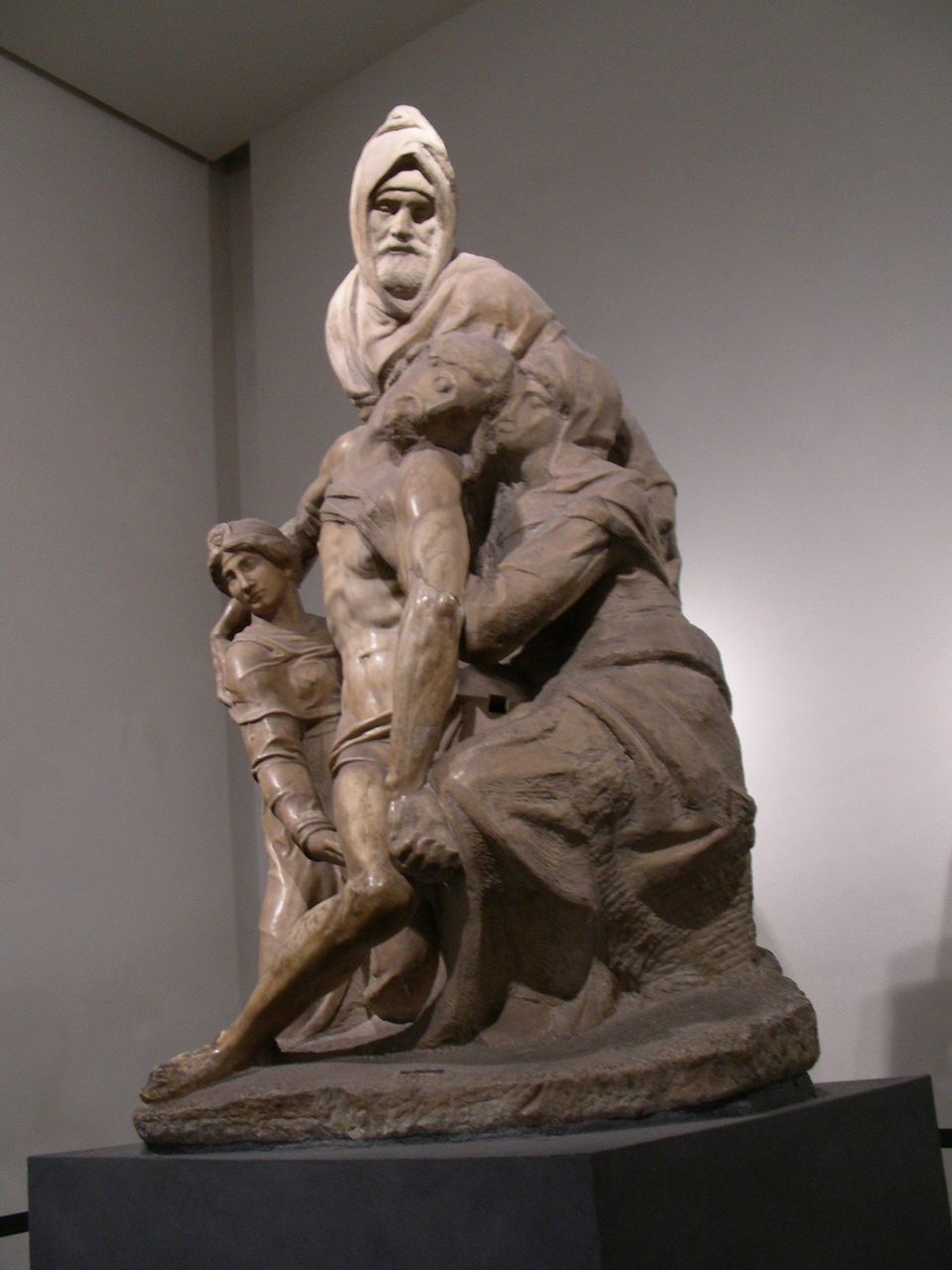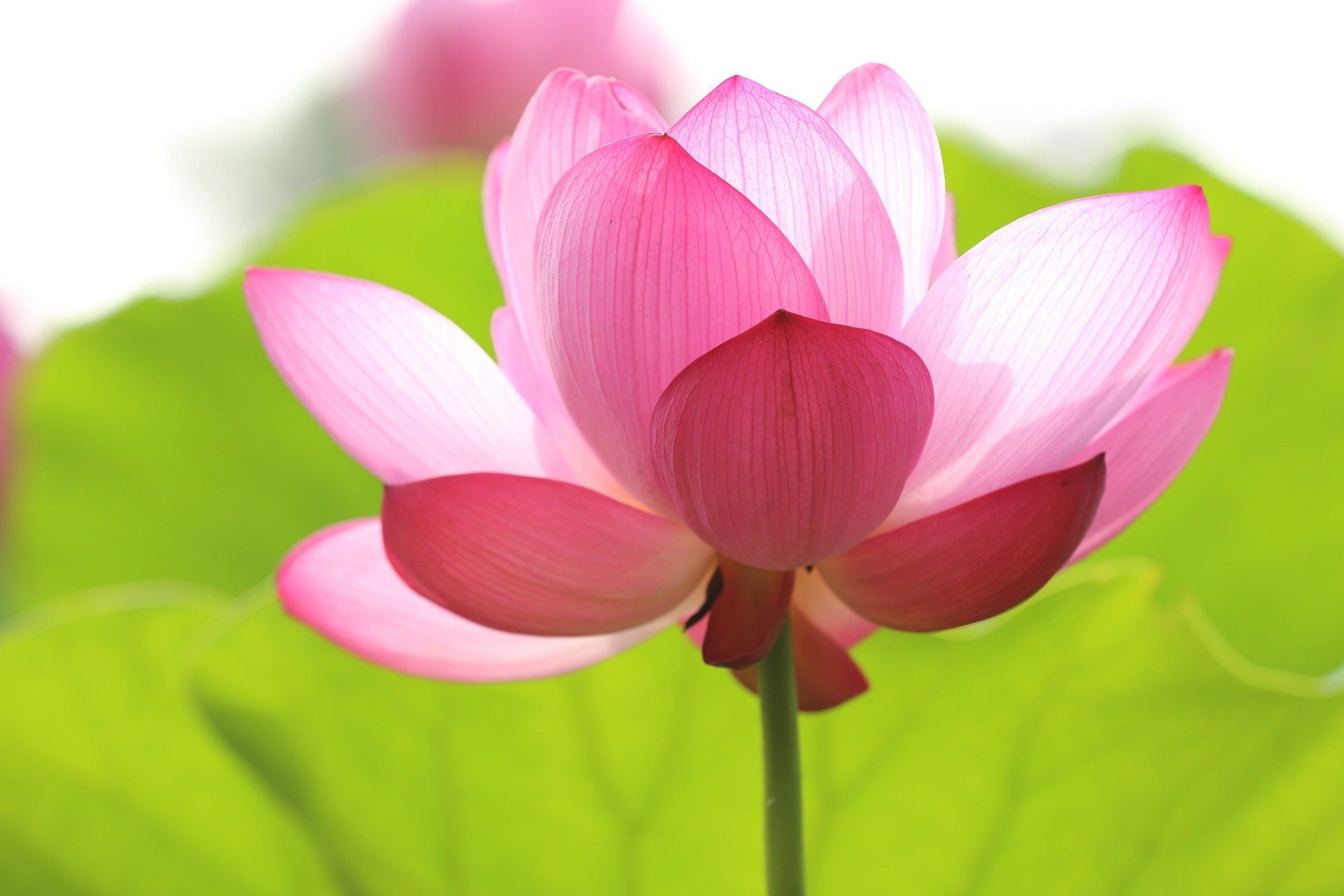What Michelangelo's David Means To Me
Florence, Italy, is a city of distractions. You know that there is a core essence you want to assimilate. You know that there is great wisdom, truth and enlightenment to be gleaned - yet constantly focus is lost. A curtain separates you from your quest. This veil of humanity, sweating in the Italian heat; cars, motor bikes and scooters traveling too fast on narrow streets; a deafening cacophony of wailing sirens and voices echoing round lofty ceilings. The faces of those looking upwards, not down at uneven steps and sidewalks surround you.
You must get beyond the call of guides carrying identifying furled umbrellas, plastic flowers and numbered boards. Get beyond the sellers of sunglasses and handbags, snatching up their wares to disappear into the crowd when a uniform appears. Get beyond the languages of the universe all saying the same thing. Cross the threshold.
Enter a world where the body and soul are bathed in a healing balm. When attention can be focused on the spiritual uplifting that comes when witnessing great works of art either in nature or of human creation. Everything we see is vibrating energy, available to be blended with our own. Every day our energy can be restored; our joy magnified, our wholeness re-established, when we cross over from repetitive distraction and take a time out - however short - to be renewed.
So here is the exercise - the challenge. You step into the crowded sanctuary of the Galleria dell’ Academia in Florence, cameras flashing, people pushing. You focus on a world of plaster moulds and finished or partially finished marble creations from an era that was inventing itself. An era when art moved into emotional expression seen carved into every face and body posture. You enter a long gallery at the far end of which you know there stands one of the most famous statues in the world. But you slowly process towards it, viewing unfinished works commissioned for the mausoleum of Pope Julius 11. The marble blocks are filled with life as slaves emerge. They fight their way towards freedom. But remain trapped within the prison because the chisel in Michaelangelo's hand never reaching the impinging stone.
Is that like our own life? All that effort, all that energy used to make something happen, to make changes, to achieve a goal, to succeed in fulfilling a dream? Is it worth the risk? What will the end result be? Will we too be frozen in the midst of an incomplete destiny? Will the fear of that happening make us be half hearted in the endeavor? Will we stave off disappointment by not investing too much desire in the task? Do we see Michelangelo's "Slaves" and see ourselves reflected? Or do his "Slaves” teach us something else? These slaves are captured in the act of pushing forward, of giving all they have. They are held in that moment when all focus was on the reality of the moment. A moment of true living. Not one of wondering about the end result, not engaging a moment’s fantasy about the outcome. They are transfixed in the moment of being, doing their best, honoring that moment of their life, feeling the process, forever. What greater epitaph could any of us wish?
So finally we reach the bend of this L shaped gallery. We are held back some feet from the pedestal by a Plexiglas wall. Above us rises the statue of David commissioned in 1501 to be one of the statues for the Cathedral. But when completed it was put on display in the Piazza della Signoria. There it stood fighting the ruining elements until 1873 when it was brought indoors for displayed in the Academia. Perhaps, since it was designed to be viewed from below, Michelangelo needed to make the head and hands larger and out of proportion to the body. Perhaps they represented the power and strength that Florence displayed to her foes.
What are we seeing when we look at David? Do we see a young man with a perfect body? Does it make us feel ashamed? Must we compare? Or does David have a gift for us? Other famous sculptures of David show him after the act of slaying Goliath with the giant’s head at his feet. The emotional energy emanating from those statues is vastly different from this 5.7m statue carved out of a block of imperfect marble. He is captured in the moments before the slaying. His sling and stone are hidden from view, but in position. His body is tensed in anticipation; his stare is of the greatest concentration. He knows he has only one chance to get this right. There is no room for error. He is pitting his skill against great odds. But in this young man's face there is no doubt, no hesitation. He knows he will do his superhuman best. His expression does not divulge his intention. This is the moment of his manifestation. In this moment he does not digress. It is a moment of true living, not wondering about the end result, not engaging a moment’s fantasy about the outcome. He is transfixed in the moment of being, doing his best, honoring that moment of his life, feeling the process, forever. What greater epitaph could any of us wish?
Somehow the statue no longer is of a beautiful naked man but “everyman,” or “every person,” facing life’s challenge, coordinating all our strengths and skills and preparing to do the best we can. Accepting the outcome whatever that may be, but knowing in this defining moment that we are living.
Nourished by this reassurance I prepare to leave the gallery. I become aware once more of humanity around me. Despite a plethora of signs forbidding it, cameras flash constantly. I could have filmed without a flash. No one would have noticed. But I could not. Instead I went to the Piazza della Signoria and filmed the 1873 reproduction. David, to me, is not about being perfect and superhuman, but represents the potential waiting in all of us.









